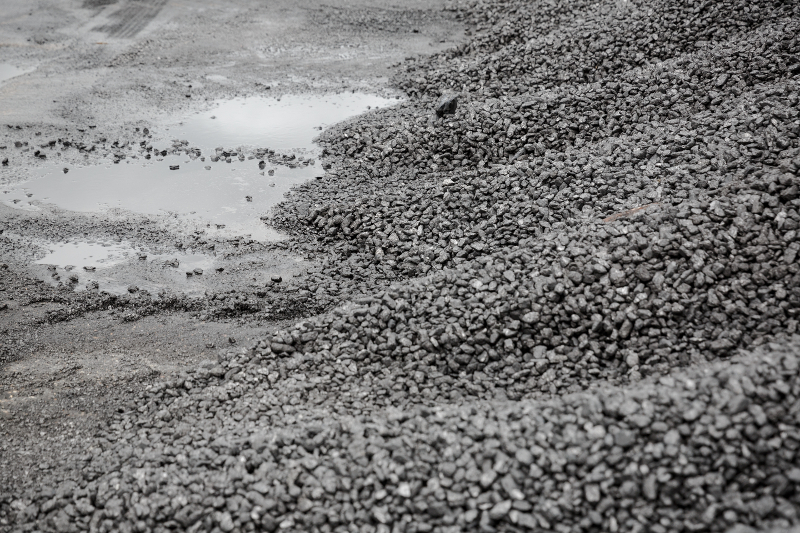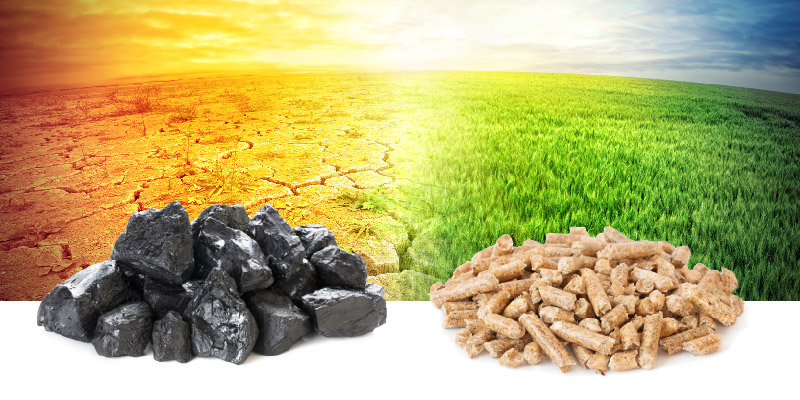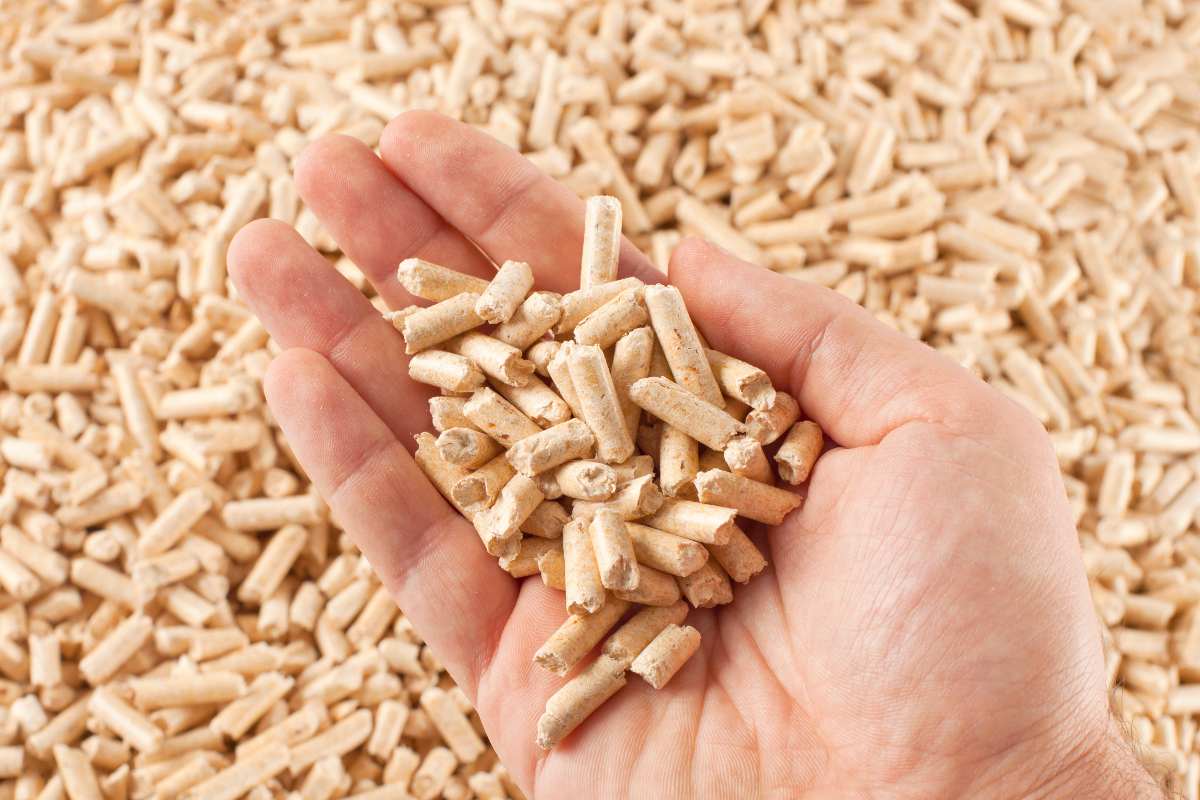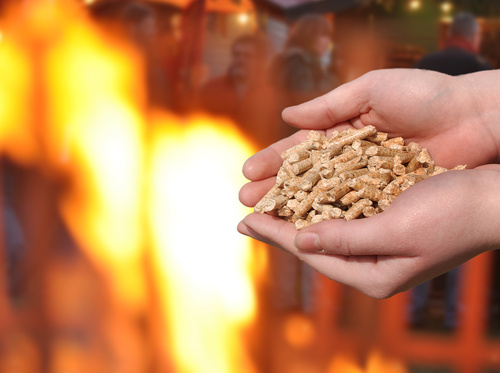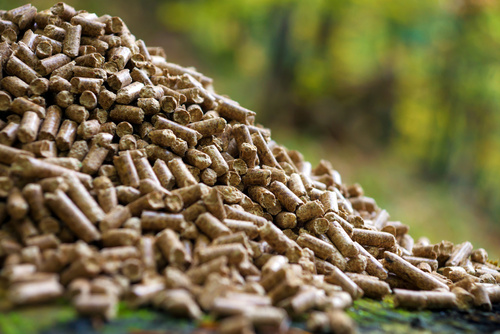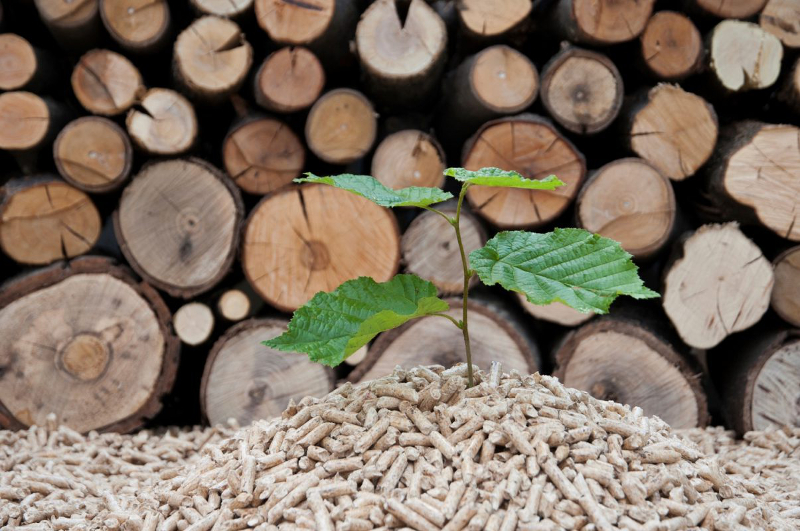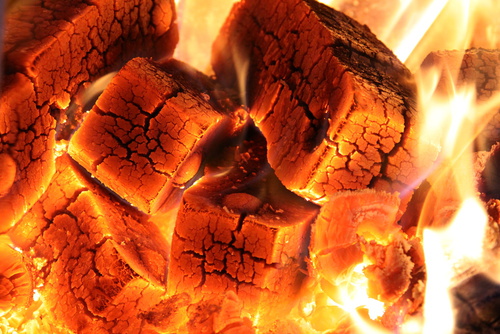What is cheaper: pellets or 'ekogThis choice (pellets or coal fuel) for most of us comes down to making a choice between comfort and low price. When it comes to comfort, pellet fuel wins the run. It does not emit resinous substances when combusted, it does not make your boiler-room dirty when stored, pellet stoves and pellet are modern and almost maintenance-free. Combustion generates a small amount of ash, which can be used in your garden as a valuable fertiliser. roszek' fuel? What to choose?
It is said that pellet fuel stands for comfort just like in the case of gas heating and its price with similar to the one of coal fuel. Wood and pellets as well as coal fuel are among the cheapest on the market , therefore they are most often compared. The price of coal fuel is slightly lower than the one of pellets. Moreover, coal fuel has a higher caloric value - 24-26 MJ/kg. Pellet fuel has a calorific value at around 17 MJ/kg, so you have to combust more. However, it does not always mean that the price of pellets is less favourable. People who have used coal fuel so far know well that when you purchase coal or coal fuel, in principle we do not know how much we actually purchase, is it 1 ton or just 800 kg. We also do not know what heating parameters of a given batch of coal fuel. In case of pellets you can easily calculate the number of 15-kilogram bags per pallet and the calorific value is provided on their packaging.
People who use firewood find themselves in a similar situation. Most often we purchase them per cubic metre. However their volume is so unspecified that every time we purchase a different amount of wood. When it comes the calorific value of wood, it is dependent on its humidity. Dry wood has a moisture content at 20%. It is impossible to reach 15% moisture through air drying. For comparison, pellets and briquettes reach humidity below 6%, and therefore they have a higher calorific value than wood.

